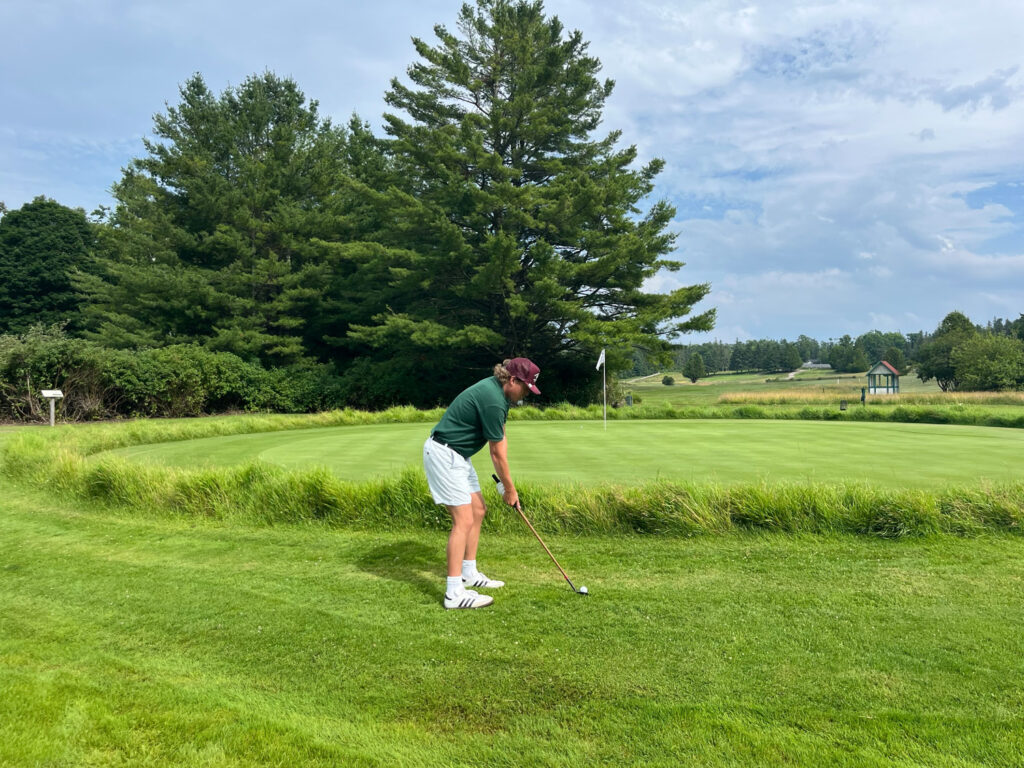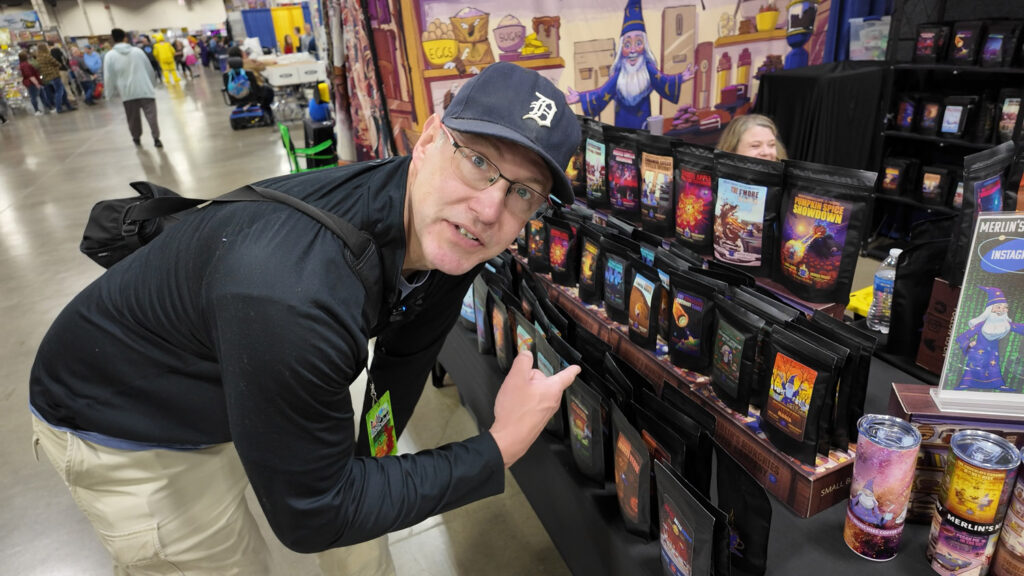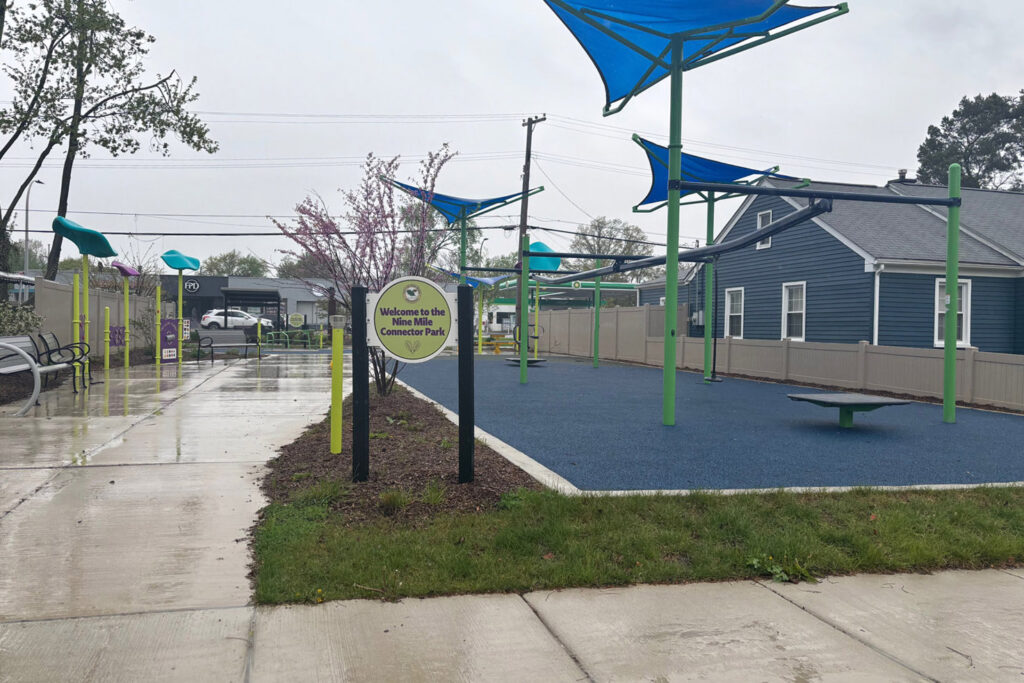Mackinac Island — If you want to experience the historic roots of golf in America, look no further than Wawashkamo Golf Club.
First laid out in 1898, Wawashkamo retains its unaltered 19th century course, with original hickory stick clubs for rent.
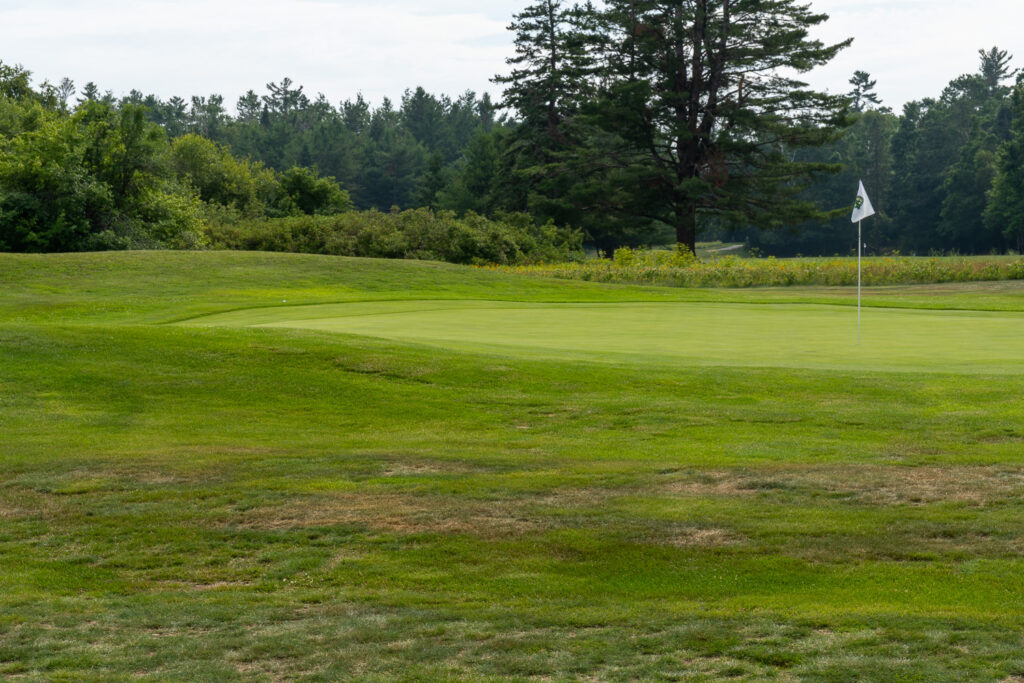
Golf has changed a lot since then. The basics of the game are the same, but club technology and course design are locked in a constant arms race. Clubs get better, players hit farther, courses grow longer and narrower.
How much of our game rests on these modern clubs we take for granted? I was eager to find out, so I set out to the island for a round with the esteemed O.W. Root.
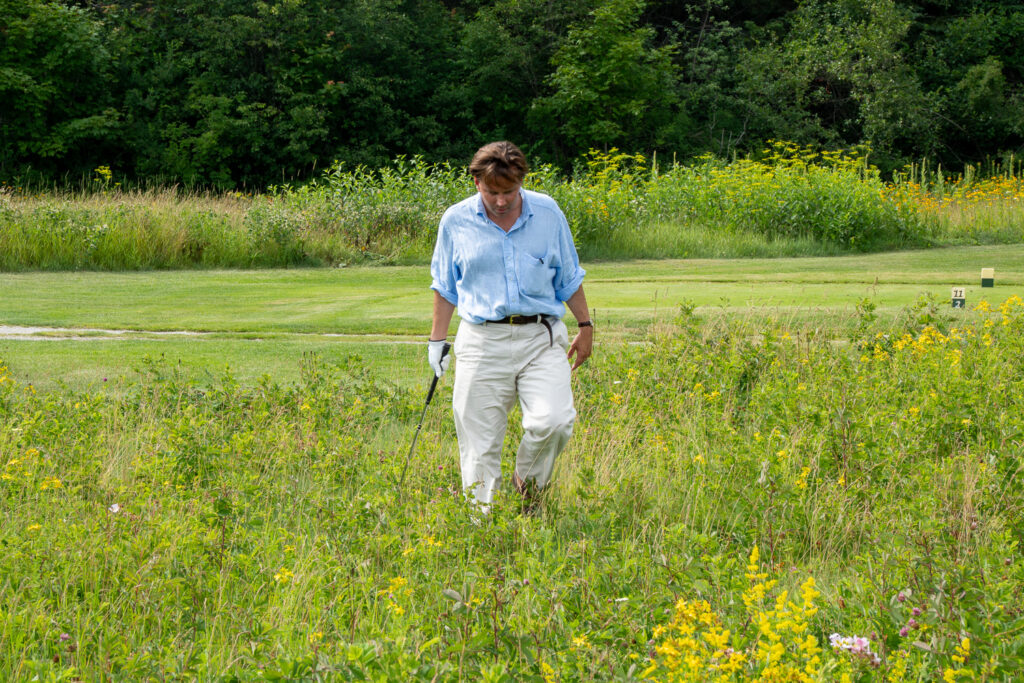
After a horse taxi ride to the course, we checked in at the historic clubhouse. The clubhouse attendant showed us around, including a tour of the unaltered original locker room, complete with solid cedar plank walls and lockers.
They had no lefty hickory clubs for O.W., unfortunately, so the honor fell to me. The attendant picked out a set, said “these ones look like yours,” and we were off.
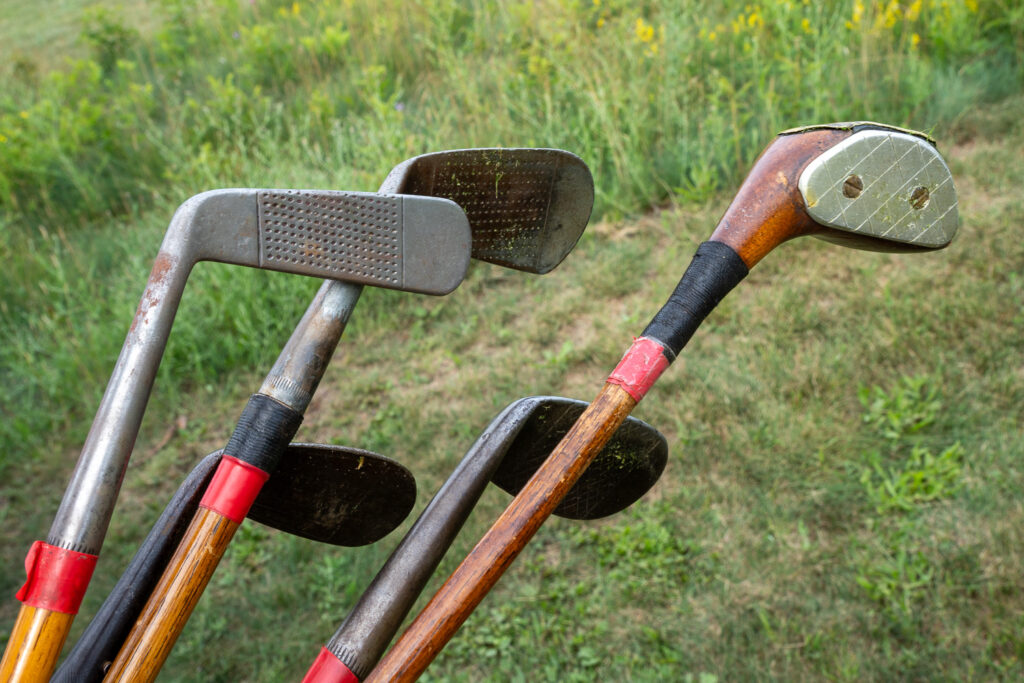
This set of “hickory sticks” was simpler, yet still recognizable to a modern golfer. The set included:
A driver, with a persimmon head, metal plate, hickory shaft, and suede grip.
A “mashie,” a mid-iron, similar to a 5-iron.
A “mashie niblick,” a higher-lofted iron, almost a 7-iron.
A “niblick,” a sort of wedge with a curved face.
A putter, very different from modern putters, with a long thin steel blade and lots of loft.
I found it interesting that, of these clubs, only the putter and the driver have retained their names in the modern era. Irons are numbered now, which makes sense, but we really should bring back “niblick” for wedges.
It’s way too cool of a word to vanish in the dustbin of history.
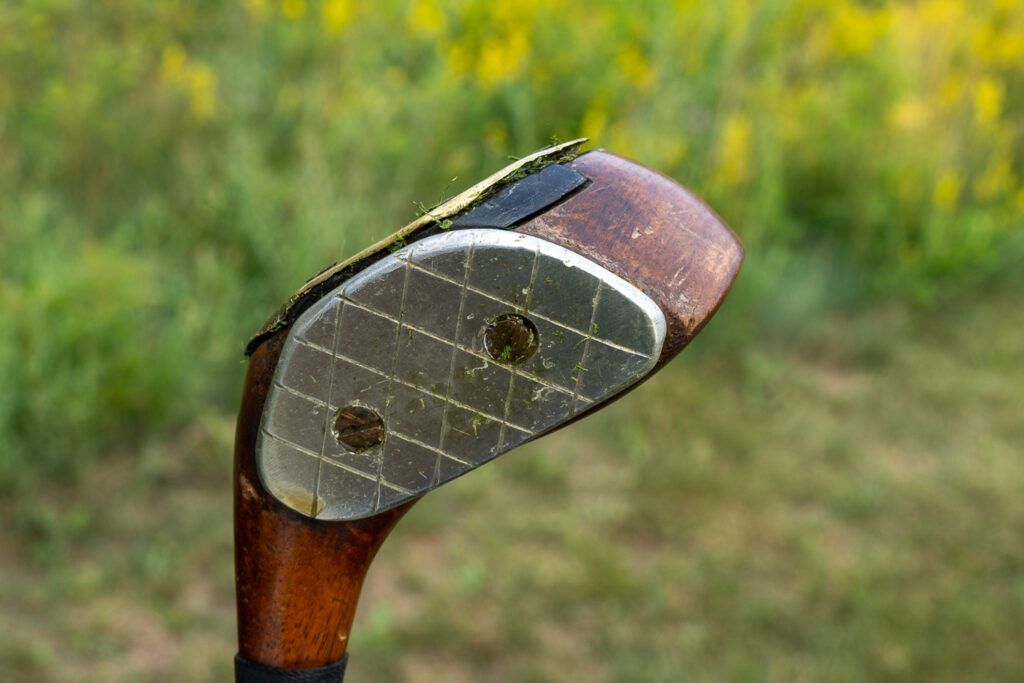
The set was simpler, sure, but don’t mistake that for primitivism. Picking up the driver, I was surprised by how much technology from the period actually went into the golf clubs.
The hickory shafts were hickory for a reason. It has a high tensile strength, but a ton of flex, almost equivalent to a senior or ladies flex on modern clubs. Like with modern clubs, this allows you to really load momentum into the shaft at the top of your swing and increase power through the ball.
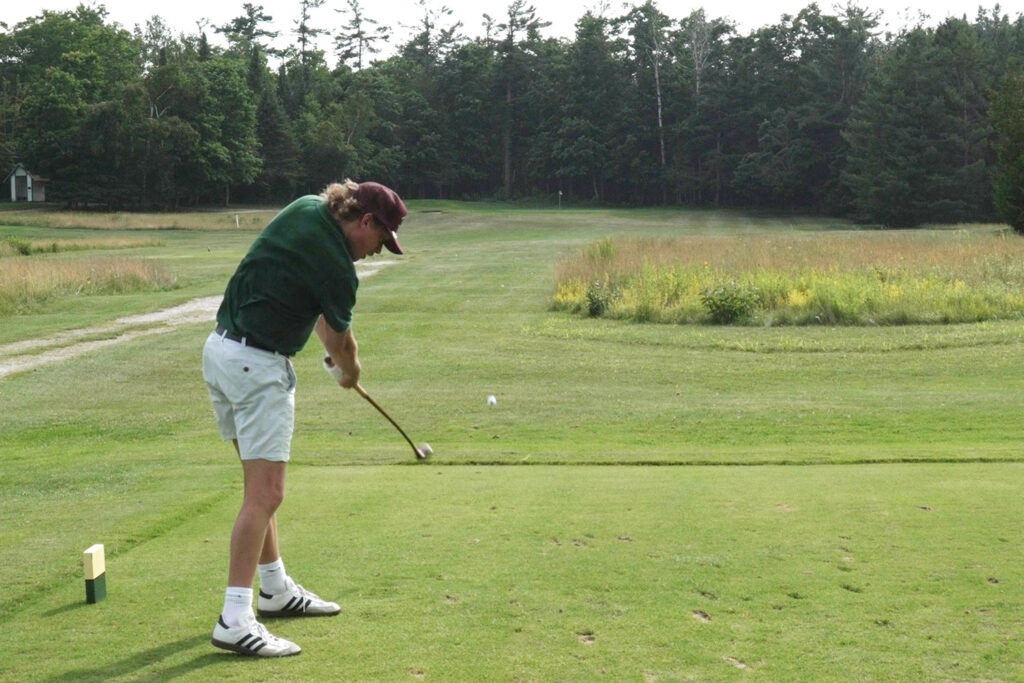
I realized this on my first drive. I teed up the ball pretty low, to account for the smaller driver head, and let it rip. I couldn’t believe it—what a beauty—must have been 250 yards right down the middle, with a little fade.
The feel of the club was amazing, incredibly satisfying, with a deep loud thwack of wood hitting the golf ball. I figured I was in for a great round.
Things got trickier from there. The irons are the most unforgiving set of blades you’ve ever played with. They really are blades, in fact. I’ve never seen divots like these clubs took. They sliced out huge chunks of dirt if you took a proper swing at the ball.
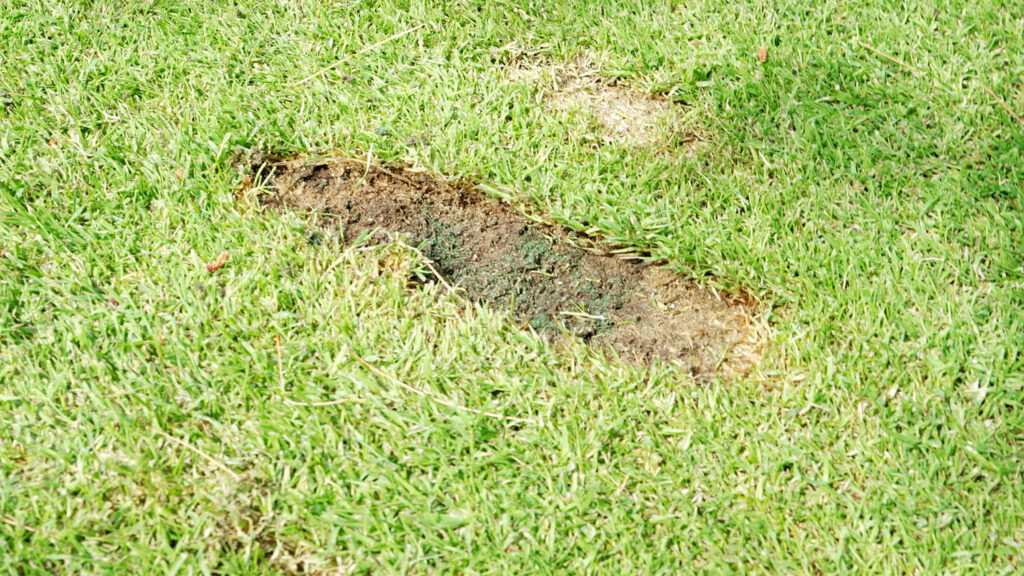
After a shot or two, I got the hang of them, though. Just shift your weight forward, follow through to the target, and they play really nice, actually.
The challenge wasn’t the clubs so much as gauging distance. I didn’t know my yardages with these new clubs and deliberately played without a rangefinder, so most of my long approach shots scattered around the green, not on it.
The closer I got to the green, the worse things went. That’s not abnormal for my golf game, though, or any golfer’s for that matter.
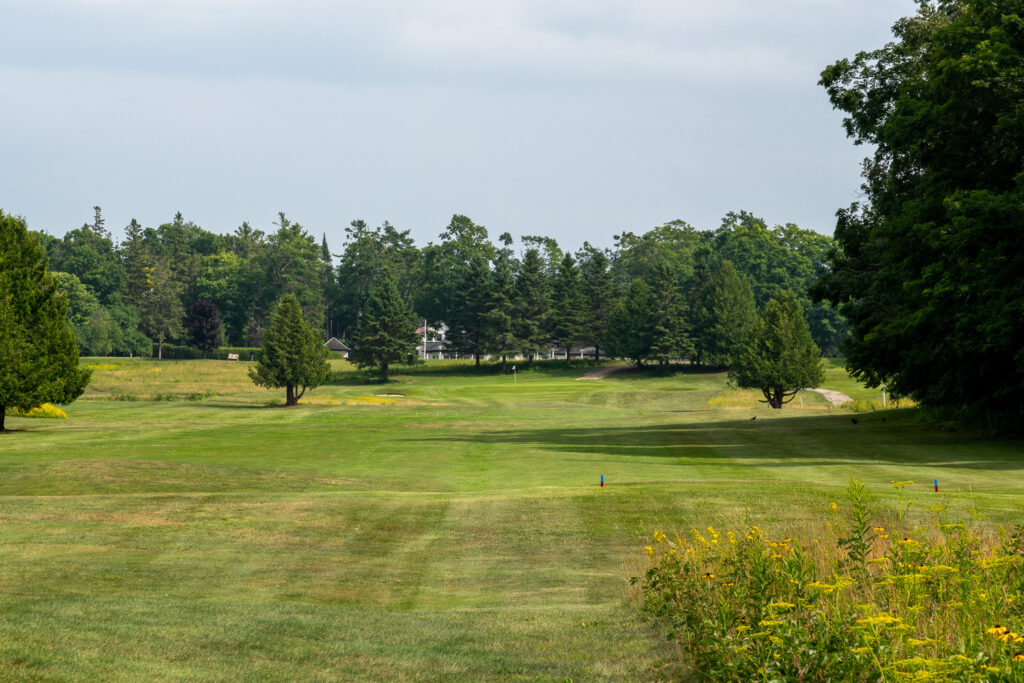
Chipping was hard. The niblick is a tricky little club. It has the appearance of a modern wedge, with less loft, so I tried to play it like one at first. That was a huge mistake.
You can’t do the things with it that you can do with a modern wedge, like opening the club face to add loft, or hitting under the ball to bounce off the turf.
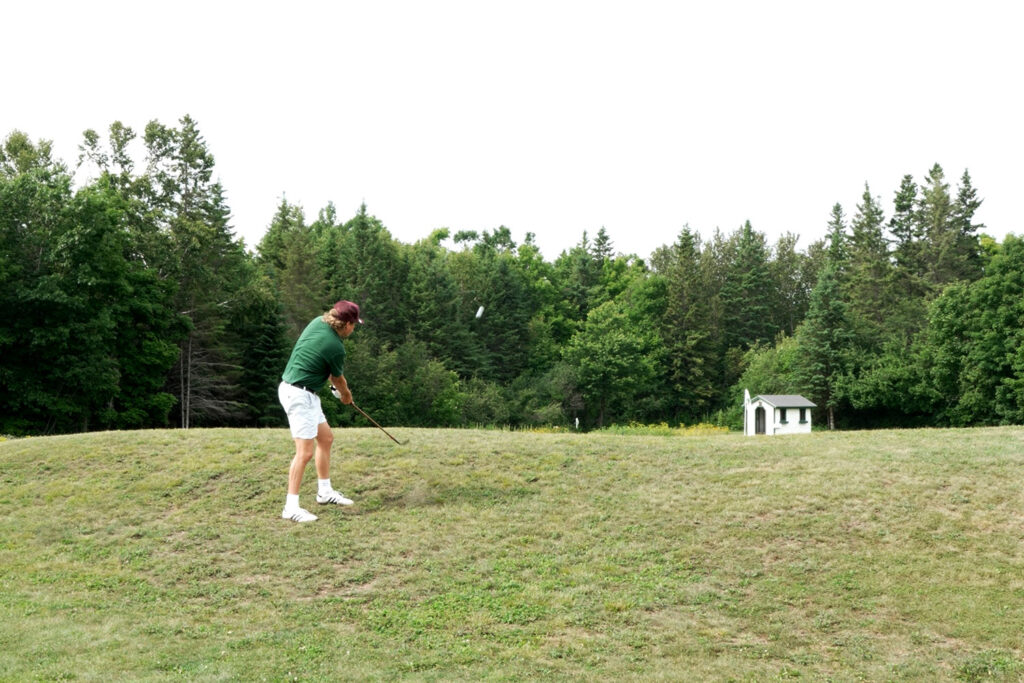
The niblick has zero bounce, with no wide-rounded soles like modern wedges to make them more forgiving. You can only play it like a chipping iron, without much loft, and even then you need to strike it pure or the club will dig right into the dirt.
Putting proved difficult as well. I’m used to a modern milled-steel putter, with lots of weight and feel.

I found it impossible to gauge the speed on my putts with the hickory putter. The hickory shaft had a lot of flex, the club face was lofted, so the ball jumped at the start, and the thin steel club face left me with way less feel than usual.
Maybe it’s just personal preference, as the course attendant told me later that some guys love these putters so much they switch to them afterwards. I found myself, however, cursing the putter by the time my round was through.
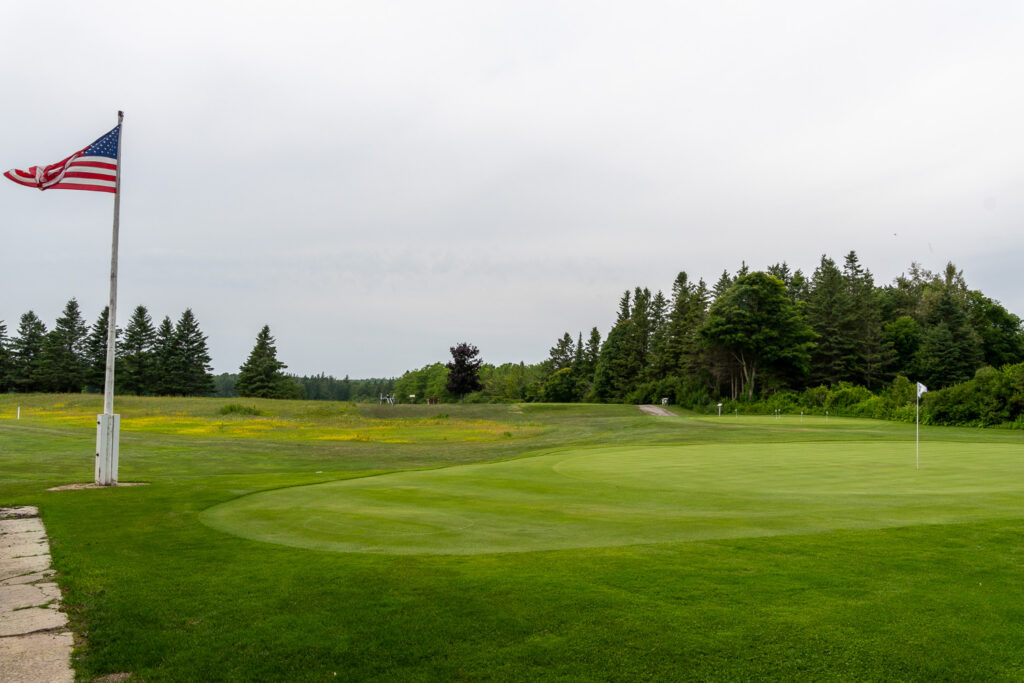
I could see why putters in the 19th century might have been designed like this. Greens back then were probably slower and required something like a chipping iron to get the ball rolling.
The course itself was gorgeous, a true links-style course reminiscent of the Old World. Well maintained, yet still with little quirks from the period that modern courses have done away with.
One green on a short par-4 was ringed by tall heather in lieu of a hill or other hazards, something I’ve never seen on a modern course. I ended up right next to it and found myself chipping over the tall grass.
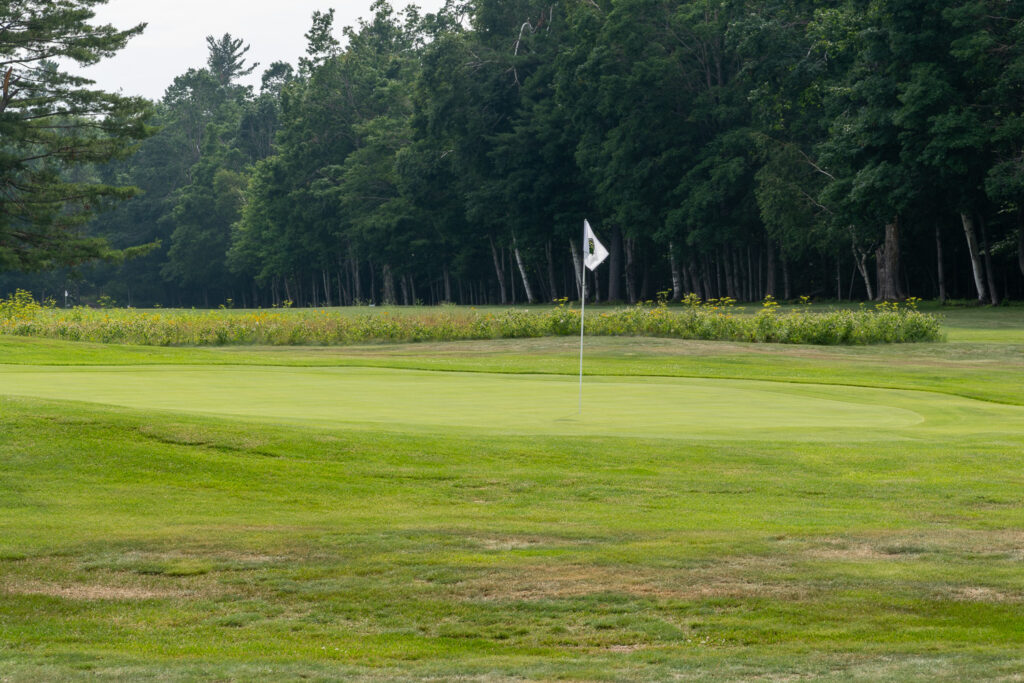
I didn’t score too well. The hickory driver was the hero of the day, but my short game with the 19th-century clubs was dismal. I hit a few greens in regulation, nevertheless, and had some looks at par, but missed several putts by inches.
That’s the game of golf. Some things never change. The score wasn’t important. I won’t be playing on the PGA Tour anytime soon, anyways. The experience was what mattered, and that was deeply meaningful.
Playing a game you love, the way it was played a century ago, at a genuine historic landmark of a course—that’s a highlight reel for any golfer.
Bobby Mars is art director of Michigan Enjoyer. Follow him on X @bobby_on_mars.
